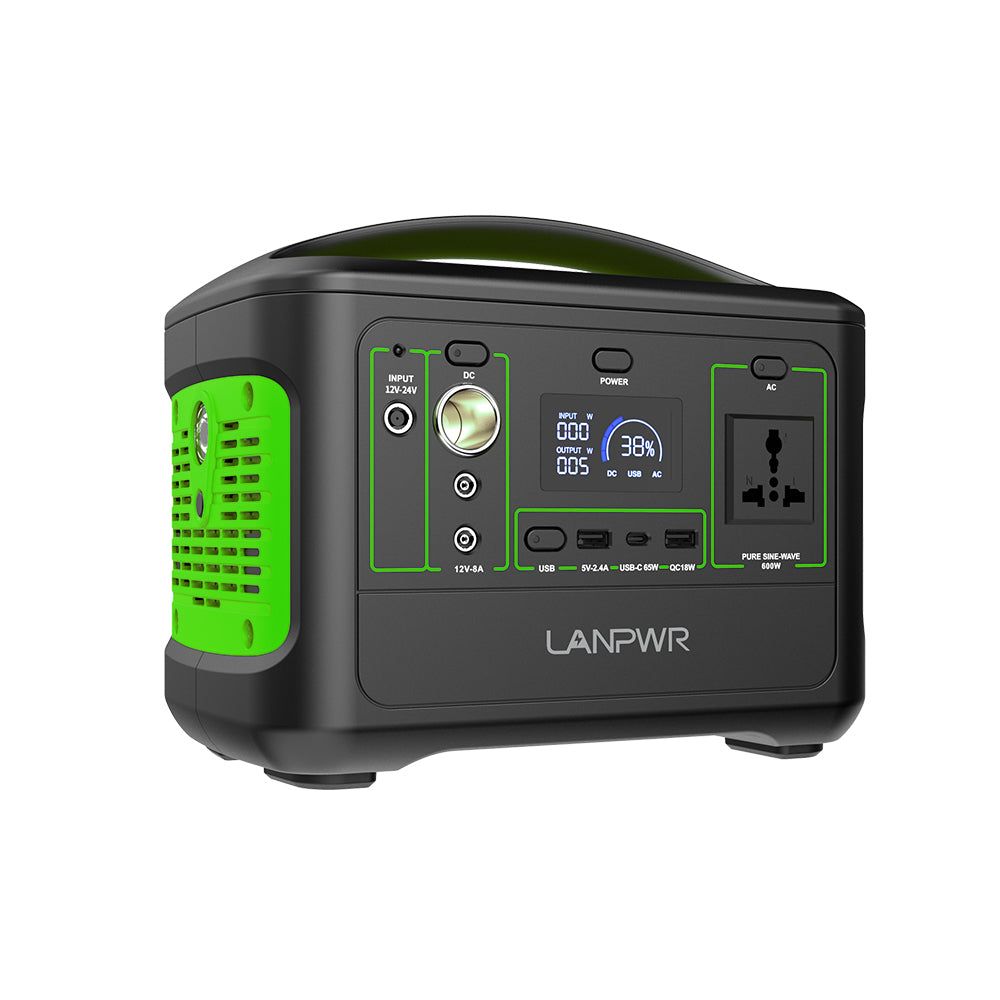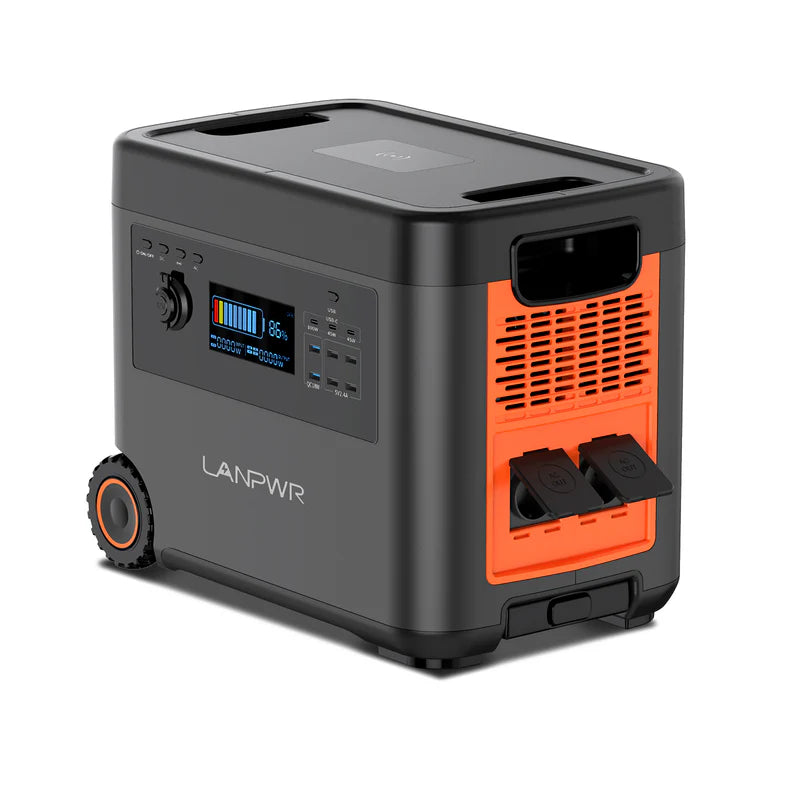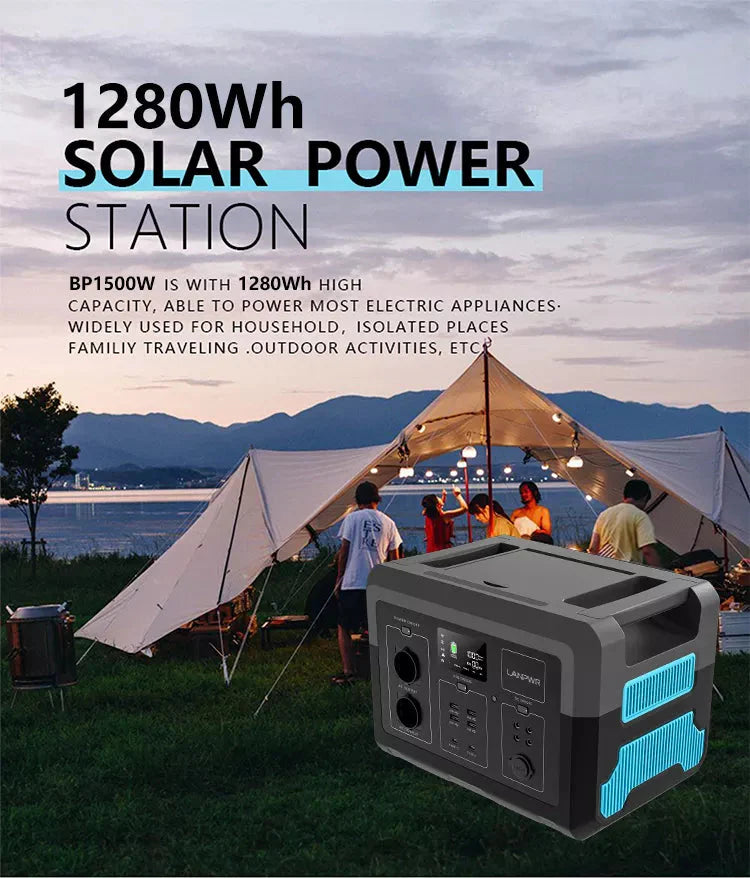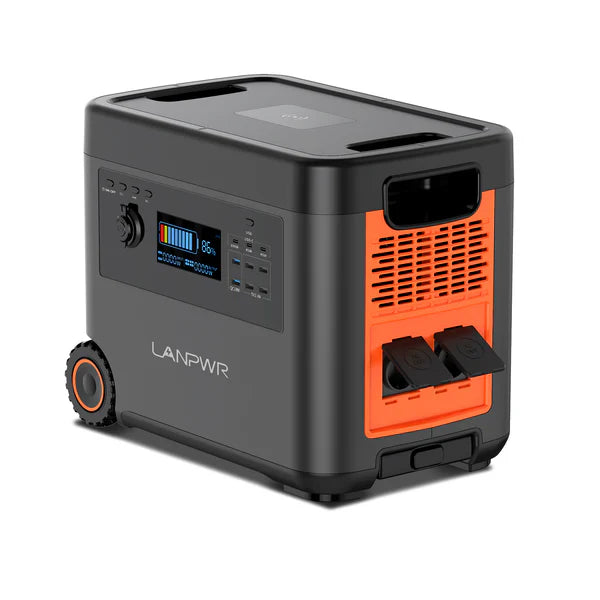Portable power stations are increasingly becoming popular among outdoor recreational users, homeowners who are preparing for power outages, and even professionals who need a reliable power supply while working in remote locations. These small devices provide a convenient power source for a variety of electronics and appliances when the typical sources of power are unavailable. One of the common questions that come up is whether a portable power station can power a refrigerator. In this article, we will discuss the capabilities of portable power stations, the power requirements of a refrigerator, and how one can determine if a particular portable power station can adequately power a refrigerator.
Portable Power Stations Explained
Portable power stations, portable battery generators, or solar generators, are small devices that store electrical energy in a battery and convert it into power that can be used to power appliances as AC (alternating current) power using an inverter. They come with different input and output ports, which can be used to charge the battery from solar panels, wall outlets, or car chargers and power different devices like smartphones, laptops, lights, and even small appliances.
Key Components of a Portable Power Station
Battery Capacity: This is the amount of energy that the battery is capable of storing, and it is measured in watt-hours (Wh). A greater capacity indicates that the power station can power devices for a longer period.
Inverter: This is the component that converts the stored DC (direct current) power into the form of AC power. The wattage rating of the inverter determines the maximum power that is available for powering devices at a given instance.
Input/Output Ports: These include AC outlets, USB ports, DC ports, and sometimes specialized ports that are used for connecting solar panels or car chargers. The choice of ports enables versatile use.
Types of Portable Power Stations
Portable power stations are available in different sizes and capacities, ranging from small ones designed to charge phones and laptops to larger ones that can power more energy-intensive appliances. The type of portable power station is based on the user’s specific requirements and the type of gadgets they intend to power.
Power Requirements of Refrigerators
Refrigerators are one of the major appliances in a household used to store food at a low temperature to keep it fresh. Refrigerators are available in different sizes and designs, each with unique requirements for power. To determine if a portable power station can power a refrigerator, it is important to determine the amount of power used by the refrigerator.
Key Factors Affecting Refrigerator Power Consumption
Size and Capacity: Bigger refrigerators tend to use more electricity compared to smaller ones. For example, a full-size refrigerator will use more energy compared to a small compact mini-fridge.
Type: Depending on the type, such as top-freezer, bottom-freezer, side-by-side, and French door models, refrigerators use varying amounts of power resulting from varying levels of efficiency.
Age and Efficiency: Older and inefficient refrigerators tend to use more electricity compared to newer refrigerators equipped with energy-saving features.
Patterns of Use: Factors such as the frequency of the door being opened, the ambient temperature, and the amount of food in it can determine the power used by the refrigerator.
Typical Power Used
Refrigerators are rated in watts (W). The starting (surge) power requirement, which is the power requirement for the initial turning on of the compressor, is generally greater than the running power.
Starting Power: This can be from 800 to 1200 watts, or more, depending on the size and type of refrigerator.
Running Power: Usually, for most household refrigerators, it is in the range of 100 to 400 watts.
To determine the power needs of a refrigerator correctly, you can refer to the manufacturer specifications, which are usually mentioned on a label inside the refrigerator or in the user manual.
Sizing a Portable Power Station for a Refrigerator
To power a refrigerator using a portable power station, the power station must match or exceed the power needed for the refrigerator to start and run. The following are the steps to determine whether your portable power station would work for your refrigerator:
Step 1: Understand Power Needs
Starting Wattage: Note the maximum power the refrigerator needs to start. It is usually significantly higher than the running wattage.
Running Wattage: Understand the continuous power consumption once the refrigerator is in running condition.
Step 2: Check Portable Power Station Specifications
Inverter Capacity: Ensure the inverter can provide the starting wattage of the refrigerator. For example, if your refrigerator is consuming 1000 watts to start, the inverter must have a peak capacity of at least 1000 watts.
Battery Capacity: Understand the duration the portable power station can run the refrigerator based on watt-hour rating. For example, if the refrigerator is consuming 200 watts continuously, and the portable power station has a capacity of 1000 watts, it can theoretically run the refrigerator for approximately 5 hours (1000 Wh / 200 W = 5 hours).
Step 3: Understand Usage Duration
Determine for how long you need to run the refrigerator and ensure that the battery capacity of the portable power station can do that. If you have the option and the power station can get charged via solar panels or another source, it can extend the duration of usage.
Practical Consideration
When using a portable power station to power a refrigerator, practical considerations need to be taken to ensure maximum efficiency and performance.
Efficiency Losses
Inverters are not 100% efficient, which means that there will be energy loss when converting DC to AC power. Efficiency losses have to be factored into every calculation. For example, if the inverter has an efficiency rating of 85%, then only 85% of the stored energy will be available for use.
Battery Management
Refrigerators cycle on and off to maintain temperature, and the power requirements will change. A portable power station will need to be able to handle this and not quickly discharge the battery. In addition, the battery will need to be managed so that it is not deep discharged, as this can shorten the battery life.
Environmental Conditions
Ambient temperature and humidity will also be factors in the performance of the refrigerator and the battery in the portable power station. For example, in hot temperatures, the refrigerator will, of course, need more power to run, while extreme temperatures will also affect the efficiency of the battery.
The power station can theoretically power the refrigerator for 7.5 hours (1500 Wh / 200 W = 7.5 hours), taking efficiency losses and environmental factors into account.
In such a case, the portable power station may have the ability to run the refrigerator and hence can be quite a good candidate for use in emergency scenarios or outdoor scenarios.
Conclusion
A portable power station can run a refrigerator, provided the requirements of the power can be met for starting and running the refrigerator in it. Depending on how well one sizes the inverter size and the battery size of the power station about the refrigerator requirements, the user may get proper performance. Considerations towards things like the losses in efficiency, what guidance to observe when using the battery, and the environmental conditions have to be properly considered to make good use of that power station.














Leave a comment
This site is protected by hCaptcha and the hCaptcha Privacy Policy and Terms of Service apply.